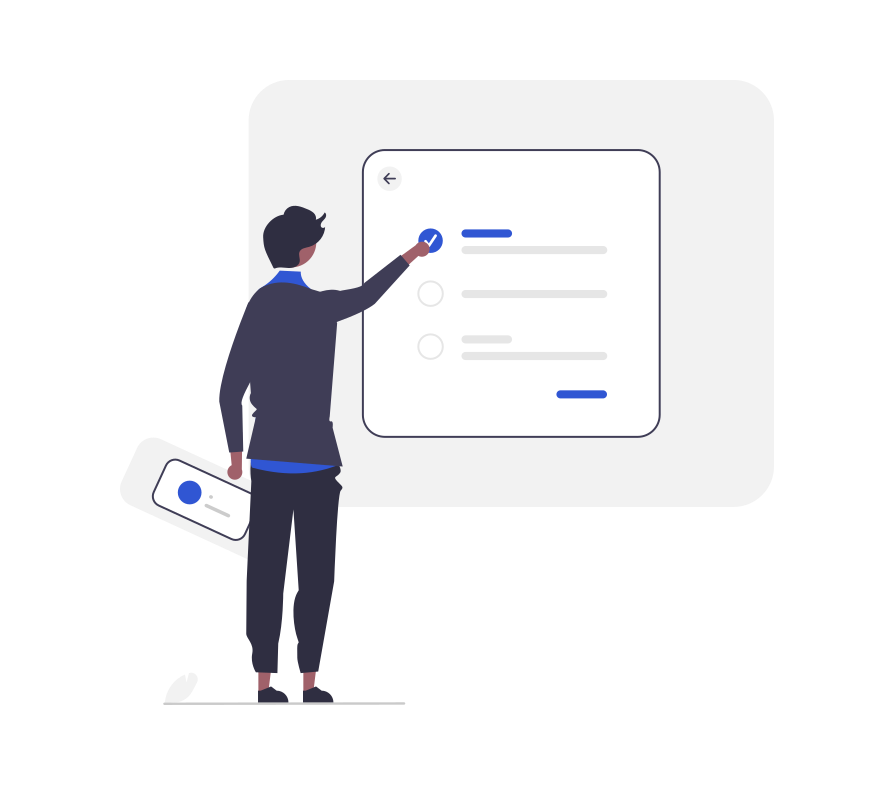Picture this: You’re at a movie theater food stand loading up on snacks. You have a choice of a small, medium or large soda. The small is $3.50 and the large is $5.50. It’s a tough decision: The small size may not last you through the whole movie, but $5.50 for some sugary drink seems ridiculous. But there’s a third option, a medium soda for $5.25. Medium may be the perfect amount of soda for you, but the large is only a quarter more. If you’re like most people, you end up buying the large (and taking a bathroom break midshow).
If you’re wondering who would buy the medium soda, the answer is almost no one. In fact, there’s a good chance the marketing department purposely priced the medium soda as a decoy (诱饵), making you more likely to buy the large soda rather than the small.
I have written about this peculiarity in human nature before with my friend Dan Ariely, who studied this phenomenon extensively after noticing pricing for subscriptions (订阅) to The Economist. The digital subscription was $59, the print subscription was $125, and the print plus digital subscription was also $125. No one in their right mind would buy the print subscription when you could get digital as well for the same price, so why was it even an option? Ariely ran an experiment and found that when only the two “real” choices were offered, more people chose the less-expensive digital subscription. But the addition of the bad option made people much more likely to choose the more expensive print plus digital option.
Brain scientists call this effect “asymmetric dominance” and it means that people gravitate toward the choice nearest a clearly inferior option. Marketing professors call it the decoy effect, which is certainly easier to remember. Lucky for consumers, almost no one in the business community understands it.
The decoy effect works because of the way our brains assign value when making choices. Value is almost never absolute; rather, we decide an object’s value relative to our other choices. If more options are introduced, the value equation changes.



